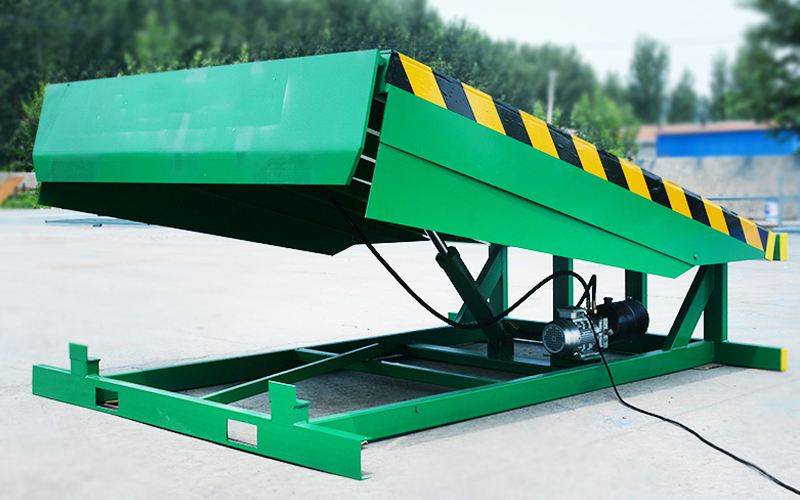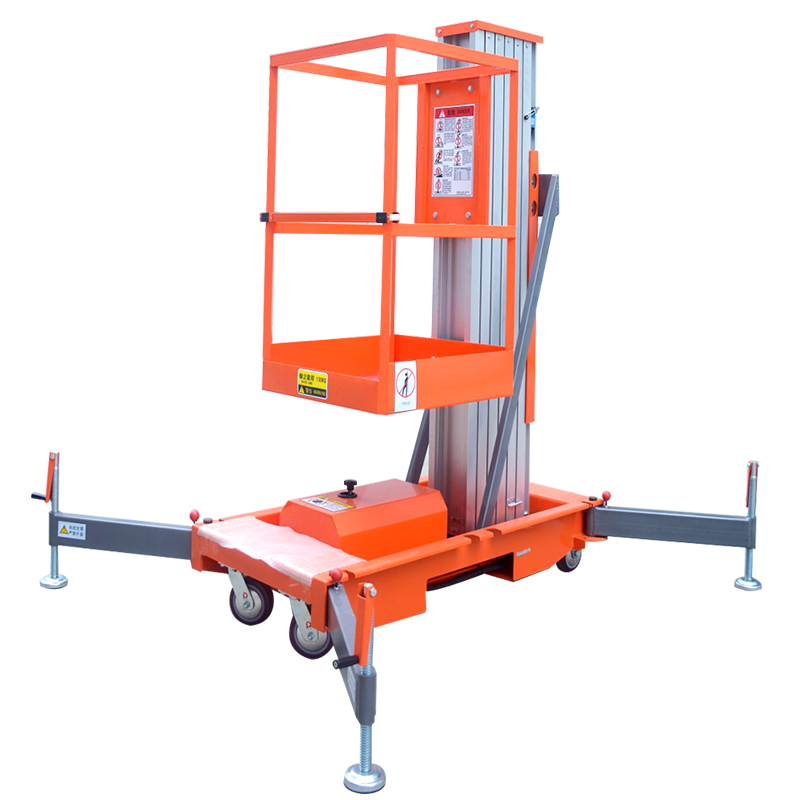Wheelchair lifts are essential accessibility devices designed to help individuals with mobility challenges safely navigate elevated surfaces, whether in homes, vehicles, or public spaces. By providing a stable and reliable lifting mechanism, these devices empower users to maintain independence and improve their quality of life. With the growing demand for inclusive design, wheelchair lifts have become a critical solution for ensuring ADA compliance and barrier-free access in both residential and commercial settings.
There are two primary types of wheelchair lifts: electric and hydraulic. Electric lifts operate using battery-powered motors, offering quiet, energy-efficient performance with minimal maintenance. Hydraulic lifts, on the other hand, rely on fluid pressure to raise and lower platforms, making them ideal for heavy-duty applications where strength and durability are priorities. Each type has distinct advantages, depending on factors such as frequency of use, weight capacity, and environmental conditions.
The purpose of this article is to provide a detailed comparison between electric and hydraulic wheelchair lifts, examining their features, benefits, and limitations. By analyzing factors like cost, installation, maintenance, and performance, we aim to help you determine which type is better suited for your specific needs—whether for personal home use, commercial accessibility, or vehicle modifications. Let’s explore the key differences to guide your decision-making process.
How Electric Wheelchair Lifts Work
Electric wheelchair lifts provide smooth, reliable vertical mobility through motor-driven mechanisms, making them a popular choice for accessibility solutions. These lifts use an electric motor connected to a lifting system—often via a screw drive, scissor mechanism, or rack-and-pinion setup—to raise and lower the platform with precision. Unlike hydraulic systems, they rely on electrical power (either battery-operated or hardwired), ensuring quiet operation and energy efficiency.
Key Components
Motor & Drive System: The core of the lift, converting electrical energy into mechanical motion.
Battery Backup: Ensures functionality during power outages (critical for safety).
Remote Control: Allows users or caregivers to operate the lift effortlessly.
Platform Design: Lightweight yet sturdy, often with foldable ramps or non-slip surfaces.
Safety Sensors: Detect obstructions and prevent accidents during operation.
Common Applications
Home Use: Installed in staircases or porches for residential accessibility.
Vehicles: Integrated into vans or SUVs for wheelchair entry/exit (e.g., portable lifts for travel).
Portable Units: Compact designs for temporary use in events or multi-story buildings.
Electric lifts excel in low-maintenance environments, offering plug-and-play convenience without hydraulic fluid concerns. Their adaptability makes them ideal for users prioritizing ease of use, quiet operation, and compact installation.
How Hydraulic Wheelchair Lifts Work
Hydraulic wheelchair lifts utilize fluid-powered mechanics to deliver robust lifting performance, making them ideal for heavy-duty applications. These systems operate through pressurized hydraulic fluid (typically oil) that moves through cylinders and pistons when activated by an electric pump. As the pump forces fluid into the cylinder, it extends the piston, smoothly elevating the platform. To lower the lift, valves release controlled amounts of fluid back into the reservoir, ensuring stable, jerk-free movement.
Key Components
Hydraulic Pump: The power source that pressurizes the fluid (often electric or manual in emergencies).
Cylinders & Pistons: Convert fluid pressure into lifting force (single or dual-cylinder designs for added strength).
Control Valves: Regulate fluid flow for precise speed and positioning.
Fluid Reservoir: Stores hydraulic oil and maintains system pressure.
Emergency Manual Lowering: Backup feature for power failures.
Typical Uses
Heavy-Duty Settings: Supports higher weight capacities (500+ lbs) for power wheelchairs or scooters.
Commercial Spaces: Ideal for high-traffic areas like hospitals, airports, or public transit due to durability.
Frequent-Use Environments: Withstands repeated daily cycles better than some electric models.
Hydraulic lifts prioritize power and longevity over portability, excelling where strength and reliability matter most. While they require periodic fluid checks and seal maintenance, their smooth operation under heavy loads makes them a go-to for institutional and industrial applications.
Electric vs. Hydraulic Wheelchair Lifts: Key Comparisons
When choosing between electric and hydraulic wheelchair lifts, understanding their differences in performance, maintenance, cost, and safety is crucial. Below, we break down five key comparison areas to help you determine which system best fits your needs.
1. Power & Performance
Speed:
Electric lifts typically operate faster, with smoother acceleration and deceleration.
Hydraulic lifts move more slowly due to fluid dynamics but offer steadier lifting under heavy loads.
Noise Levels:
Electric lifts are significantly quieter, making them ideal for residential use.
Hydraulic lifts produce noticeable pump noise, which may be disruptive in quiet environments.
Lifting Capacity:
Electric lifts usually handle 300–500 lbs, suitable for standard wheelchairs.
Hydraulic lifts support 500+ lbs, excelling with power chairs or bariatric users.
2. Maintenance & Durability
Electric Lifts:
Pros: Fewer moving parts mean minimal maintenance (no fluid changes or seal replacements).
Cons: Motor or battery issues may require professional servicing.
Hydraulic Lifts:
Pros: Robust construction withstands heavy daily use (e.g., commercial settings).
Cons: Regular fluid checks, pump maintenance, and seal inspections are needed to prevent leaks.
Tip: Hydraulic systems are more prone to cold-weather sluggishness if fluid viscosity isn’t climate-appropriate.
3. Installation & Cost
Upfront Price:
Electric lifts: Generally more affordable (2,000–2,000–5,000 for residential models).
Hydraulic lifts: Higher initial cost (4,000–4,000–8,000+) due to complex components.
Long-Term Expenses:
Electric lifts: Lower operating costs (energy-efficient motors, no fluid replacements).
Hydraulic lifts: Require periodic fluid changes and pump servicing, adding to lifetime costs.
Note: Installation complexity is similar, but hydraulic systems may need professional fluid handling.
4. Environmental Factors
Temperature Sensitivity:
Electric lifts: Perform consistently in most climates but may have battery limitations in extreme cold.
Hydraulic lifts: Can struggle in freezing temperatures unless fitted with cold-weather hydraulic fluid.
Weather Resistance:
Hydraulic lifts often have better sealing against dust/moisture, ideal for outdoor or industrial use.
Electric lifts with waterproof ratings (IP54+) are available but may cost more.
5. Safety Features
Electric Lifts:
Include battery backups for power failures and emergency stop buttons.
Advanced models feature obstruction sensors and automatic braking.
Hydraulic Lifts:
Inherent stability from fluid-based motion reduces sudden drops.
Often include manual lowering valves for emergencies.
Critical Consideration: Both types meet ADA safety standards, but hydraulic lifts are preferred for high-load stability.
Which Is Right for You?
Choose Electric for: Quiet, low-maintenance home/vehicle use with standard weight needs.
Choose Hydraulic for: Heavy-duty, high-frequency commercial applications or extreme durability.
Pros and Cons Summary: Electric vs. Hydraulic Wheelchair Lifts
Electric Lifts
✅ Pros:
Quiet operation (ideal for residential use)
Low maintenance (no hydraulic fluids, fewer moving parts)
Precise control (smooth acceleration/deceleration)
Energy-efficient (lower long-term costs)
❌ Cons:
Limited weight capacity (typically 300-500 lbs)
Battery dependence (requires charging/replacement)
Less suitable for extreme cold (reduced battery performance)
Hydraulic Lifts
✅ Pros:
Higher weight capacity (500+ lbs, ideal for power chairs)
Smooth, powerful operation (excellent for heavy-duty use)
Better durability (suited for commercial/high-frequency settings)
❌ Cons:
Higher maintenance (fluid checks, seal replacements)
Potential fluid leaks (if seals degrade over time)
Noisier (pump operation may be disruptive in quiet environments)
Choose electric lifts for home/light use; opt for hydraulic lifts for heavy-duty/commercial needs.
Electric vs. Hydraulic Wheelchair Lifts: Which One Should You Choose?
Selecting between electric and hydraulic wheelchair lifts depends on your specific needs, environment, and budget. Here's a detailed guide to help you make the right decision:
1. For Home/Personal Use: Electric Lifts
Advantages:
Quiet Operation: Ideal for residential settings where noise is a concern.
Easy Maintenance: Fewer moving parts mean minimal upkeep—no hydraulic fluids to replace.
Compact Design: Fits well in homes without requiring extensive space.
Best For:
Individuals who need a reliable, low-maintenance lift for daily use in a home environment.
2. For Commercial/Heavy-Duty Use: Hydraulic Lifts
Advantages:
Higher Weight Capacity: Supports heavy power wheelchairs (500+ lbs) and frequent use.
Durability: Built to withstand rigorous daily operation in public or commercial spaces.
Smooth Performance: Hydraulic systems provide steady lifting, even under heavy loads.
Best For:
Hospitals, airports, public transit, and other high-traffic areas where strength and reliability are critical.
3. Budget Considerations
Upfront Cost:
Electric lifts are generally more affordable (2,000–2,000–5,000).
Hydraulic lifts cost more initially (4,000–4,000–8,000+) due to complex components.
Long-Term Savings:
Electric lifts save money over time with lower energy use and no fluid maintenance.
Hydraulic lifts may incur higher lifetime costs due to fluid changes and pump servicing.
4. Accessibility Needs
Portability:
Electric lifts often come in portable or foldable designs, making them great for travel.
Permanent Installation:
Hydraulic lifts are typically fixed installations, better suited for long-term, high-use settings.
Final Decision Guide
Choose Electric If:
You need a quiet, low-maintenance lift for home or light vehicle use.
Budget is a concern, and you prefer long-term savings.
Choose Hydraulic If:
You require heavy-duty performance for commercial or high-frequency use.
Extreme durability and high weight capacity are priorities.
FAQs: Electric vs. Hydraulic Wheelchair Lifts
Here are answers to six common questions to help you understand the key differences between electric and hydraulic wheelchair lifts:
1. Can Hydraulic Lifts Operate Without Power?
Yes, most hydraulic lifts include a manual emergency lowering valve, allowing the platform to be lowered safely during a power outage. However, they cannot raise without electricity to power the pump.
2. Are Electric Lifts ADA-Compliant?
Yes, many electric wheelchair lifts meet ADA (Americans with Disabilities Act) standards, especially those designed for public or commercial use. Always verify compliance with the manufacturer before purchasing.
3. Which Type Lasts Longer: Electric or Hydraulic?
Hydraulic lifts typically have a longer lifespan in high-frequency, heavy-duty settings due to robust construction.
Electric lifts last longer in residential or light-use scenarios since they have fewer wear-prone components.
4. Do Hydraulic Lifts Leak Fluid Over Time?
Hydraulic systems can develop leaks if seals wear out, but regular maintenance (fluid checks, seal replacements) minimizes this risk. Electric lifts avoid this issue entirely.
5. Which Is Better for Cold Weather: Electric or Hydraulic?
Electric lifts perform well in cold climates but may experience reduced battery efficiency.
Hydraulic lifts can thicken in freezing temps unless filled with cold-weather hydraulic fluid.
6. Can Electric Lifts Handle Heavy Power Wheelchairs?
Most electric lifts support 300–500 lbs, suitable for standard wheelchairs. For heavier power chairs (500+ lbs), a hydraulic lift is the better choice.
TUHE LIFT - Your Trusted Wheelchair Lift Manufacturer
As a leading Chinese manufacturer of electric wheelchair lifts and hydraulic wheelchair lifts, TUHE LIFT specializes in high-quality, customizable mobility solutions. Our products are designed for home, vehicle, and commercial use, offering reliable performance, safety compliance, and durable construction.
We welcome global clients to:
✔ Customize lifts for specific needs (weight capacity, size, power type)
✔ Order OEM/ODM designs
✔ Get competitive pricing and bulk order discounts
Contact us today for quotes, catalogs, or technical support!
Why Choose TUHE LIFT?
✓ 10+ Years of manufacturing expertise
✓ CE/ISO Certified, meets international standards
✓ Global shipping & after-sales service
Email: admin@sdtuhe.cn
Website: https://www.tuhelift.com/
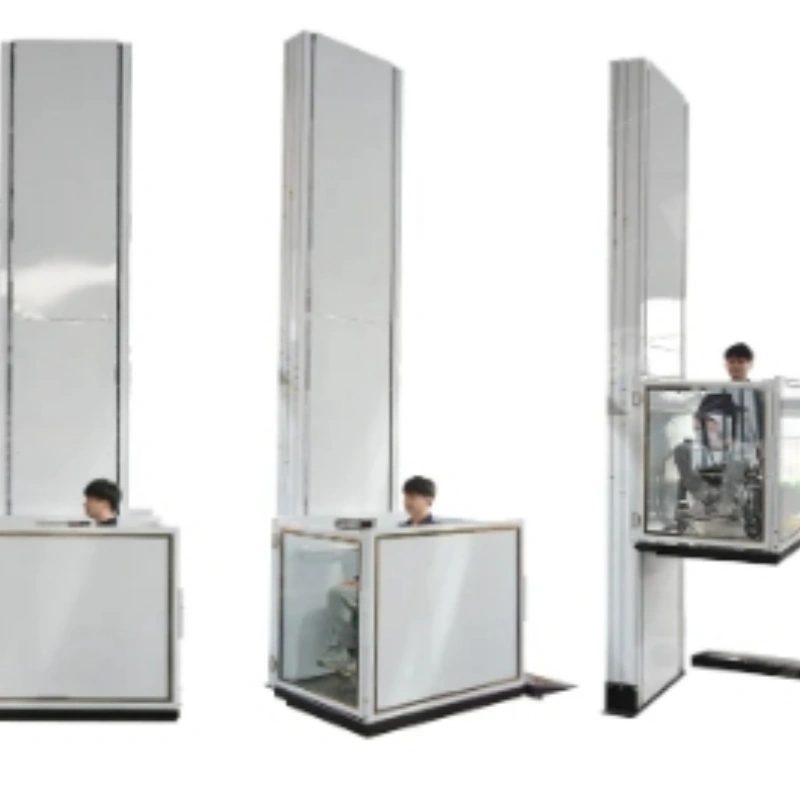
222.webp)
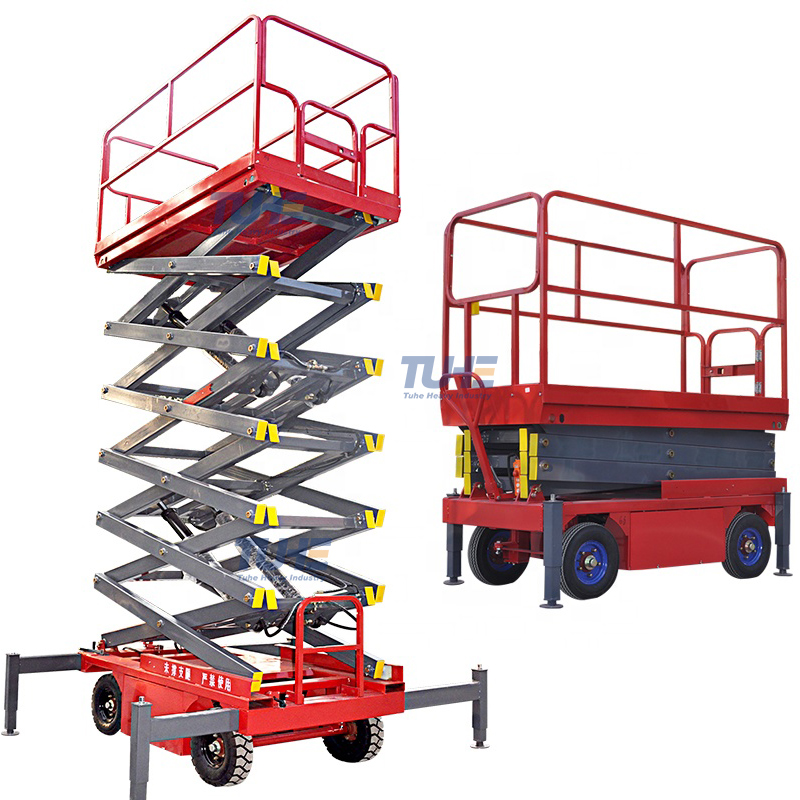
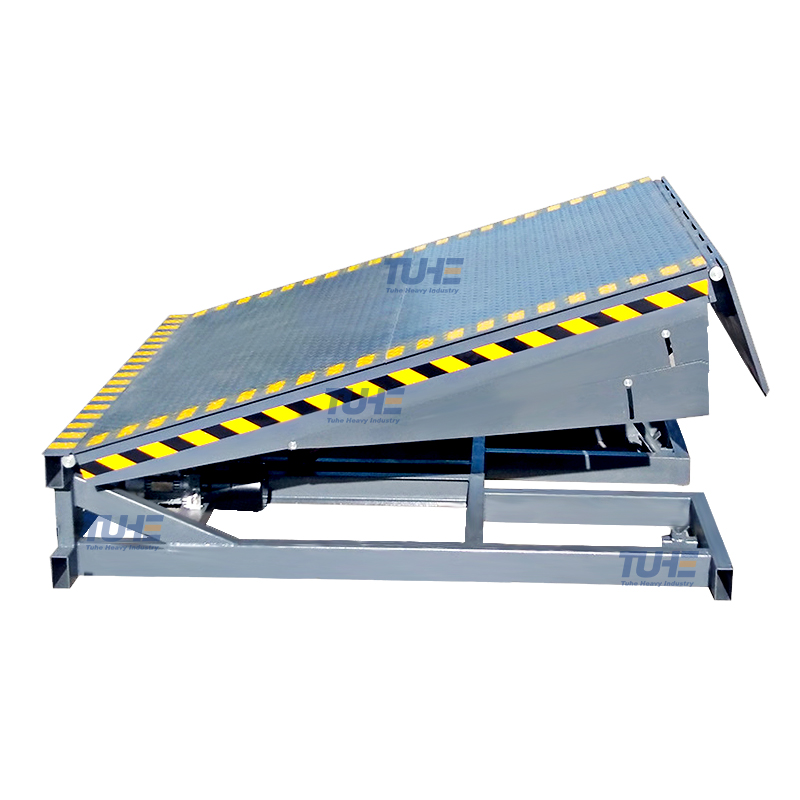
660.webp)
503.webp)
695.webp)
